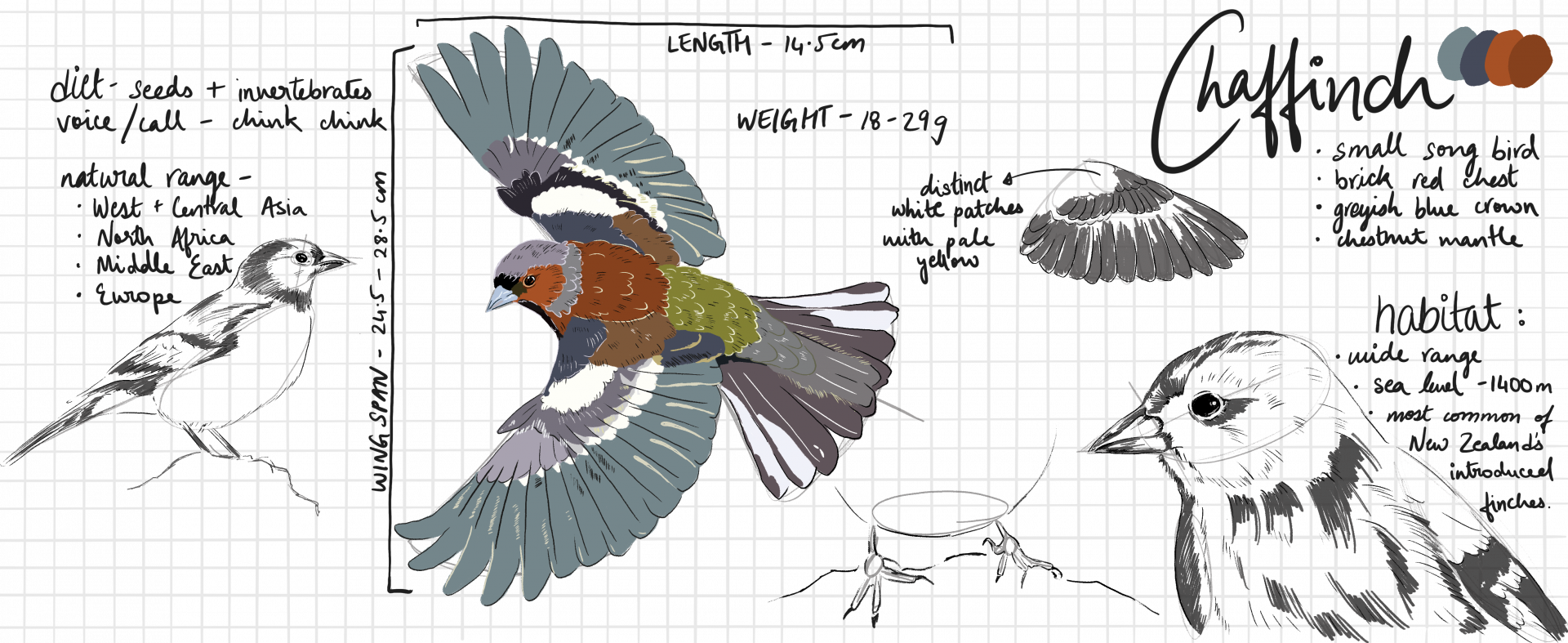Over the past 1000 years, New Zealand has lost approximately half of its bird species, with the majority of extinctions attributed to predation by introduced mammals. Populations of many surviving forest bird species continue to be preyed upon by mammals, especially rats, possums, and stoats. Conservationists have pioneered many developments in large-scale control of introduced mammals in New Zealand forests over the last fifty years, which presents a unique opportunity to assess responses of birds to this broadscale replicated management experiment.
We recently conducted a meta-analysis of 247 population-level responses of forest birds to different levels of mammal control, recorded across the breadth of New Zealand. Analysing data from 32 uniquely treated sites and 20 different bird species, they compared responses to three intensities of invasive mammal control — zero, low and high intensity control. The high intensity treatments included eradication of invasive mammals from fenced sanctuaries and mainland islands, while many of the low intensity treatments involved periodic, but widespread suppression of mammals via aerially-sown toxin.

We examined the average response of each species according to key life history attributes such as body size and degree of endemism. Deep endemics are believed to have a long evolutionary association with New Zealand, potentially stretching back millions of years, and therefore, to have lost adaptations that enable them to co-habit with predatory mammals. For example, five of the eight deeply endemic species nest in cavities, a trait associated with population declines of forest bird species in New Zealand.
Large-bodied endemic species, such as the Kākā (a cavity-nesting forest parrot) and the Kererū (New Zealand Pigeon), regularly showed positive population-level responses to mammal control. The researchers also identified two small species of shallow endemism – Pīwakawaka (Fantail) and Riroriro (Grey warbler), and four non-endemic species – the Blackbird, Chaffinch, Dunnock and Pihipihi (Silvereye) that arrived in New Zealand in the last 200 years, that tended to decline in detections after mammal control. Their study suggests that large, deeply endemic forest birds, especially those that nest in cavities, are the species most at risk of further decline in the absence of mammal control. But equally, these are the species that stand to gain the most when populations of mammals are reduced. Conversely, there are two shallow endemic and four non-endemic species whose evolutionary history allows them to apparently tolerate the presence of introduced mammals, but perhaps makes them less able in facing competition from recovering populations of larger endemic birds.
Further reading
Doherty, T. S., A. S. Glen, D. G. Nimmo, E.G. Ritchie and C. R. Dickman. 2016. Invasive predators and global biodiversity loss.
Fea N., W. Linklater and S. Hartley. 2020. Responses of New Zealand forest birds to management of introduced mammals. Conservation Biology. doi.org/10.1111/cobi.13456.






